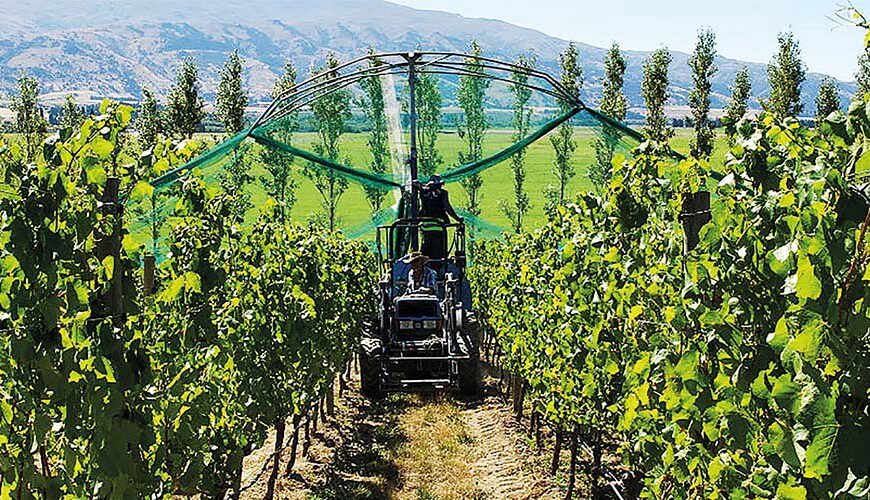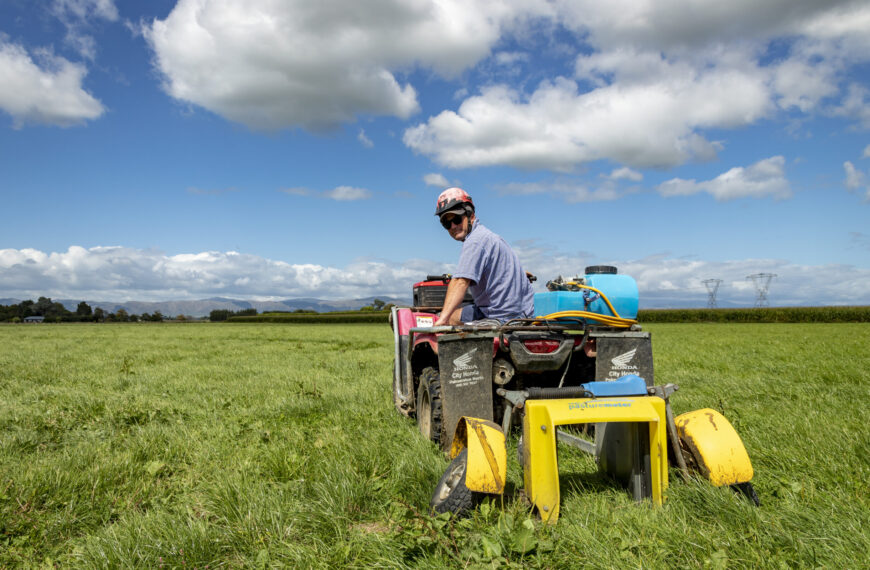In true reserved scientific parlance, AgResearch/Better Border Biosecurity senior scientist Craig Phillips says he is “cautiously enthusiastic” about the climate-matching tool now available online for open use in New Zealand.
The modelling app, developed by Phillips and collaborators at Epi-Interactive and the Ministry for Primary Industries, has three main purposes.
The first is to provide results from climate-matching comparisons for the NZ agencies to compare our climate with others globally under a range of current and future climate scenarios.
The second is to identify how well the climate a species inhabits overseas matches NZ’s.
The third is to provide climate-matching results between about 1000 overseas locations to help analysts take a more nuanced approach to evaluating biosecurity risks along international supply chains.
Its most immediate use with MPI is as a tool to help identify risk pathways for biosecurity purposes. This is on the basis that countries with similar climatic conditions to NZ have species more likely to establish here, either now or under future climates.
“Future work will be looking at adding functionality to the app that maps the locations within New Zealand where those species would find climatic conditions similar to the ones they live in overseas,” Phillips says.
The tool can also provide a means of looking back down a supply chain for imported products and taking a more nuanced approach to assessing risk of incursions from those products.
“It could be products are being imported via Dubai, and the climate is not like NZ’s and pests from there are unlikely to survive here. However, Dubai may, for example, have solid trade with southeast France, where pests from there could well survive here, and you need to also assess that climate for incursion risk.”
The tool calls on comparisons between 1000 weather stations around the world, and developers hope to increase this closer to the 10,000 that are currently active globally.
The app also displays climates classified using the Koppen-Geiger method, with categories across five main climate types based on precipitation and temperature patterns.
Much of NZ, for example, is a Group Cfb “temperate, no dry season, warm summer” climate type, as is much of southeast Australia.
The tool’s algorithmic engine also links into other projects relying upon predictive capacity including Whitiwhiti Ora, run through the National Science Challenge.
The project, which has attracted $9 million in funding, aims to develop a profile of future land use opportunities in NZ under climate change scenarios.
“This will help identify future risks like facial eczema, for example, in regions that may not have it now, giving farmers the heads-up on the need to consider breeding for resistance.”
The beauty of the model is its ability to provide researchers and agencies with a relatively quick, accessible means of sketching climatic risk profiles, compared to more complex ones that may provide higher levels and layers of data, but are harder to operate.
Phillips says the ability to integrate it with other data sets highlights this.
“For example, you could take the brown marmorated stink bug, a very real biosecurity risk for NZ.
“By downloading its registered occurrences as reported in the Global Biodiversity Information Facility (GBIF), then loading those results into the climate model, you will get an indication of how likely something like the stink bug would be to survive NZ’s climate. The answer, as we know, is very likely. It provides a very good starting point for risk assessment.”
Early indications from users including MPI have been positive and AgResearch is also working to develop it as a predictive tool for future weed incursions.
Working with weed ecologists Graeme Bourdot and Shona Lamoureaux at Lincoln, and Christopher Buddenhagen at Ruakura, the climate-matching algorithm is being used to analyse the 20,000 non-native plants present in NZ. It will help determine which could become the weeds of the future under different climate change regimes.
“This could then help better inform the likes of regional councils, putting them on alert before they become prevalent, still in their early population stages.”
It is also helping inform Phillips’ work on which weeds could be “knocking on the door” at NZ’s border in the future.
“Of course, this is an area many growers and farmers are interested in. Like MPI they can also use the climate-matching ability to identify offshore localities that are particularly risky for pests.
“There is also the ability to identify what crops could also hold some potential based on similar climatic regions – for example, if ryegrass and clover can’t grow under hotter conditions, what are other countries already under those conditions growing that may be an alternative?”
With all countries grappling with climate changes impacts upon food production, Phillips says interest in this type of modelling is strengthening with him and his colleagues in dialogue with ASEAN parties and the United States Department of Agriculture.













